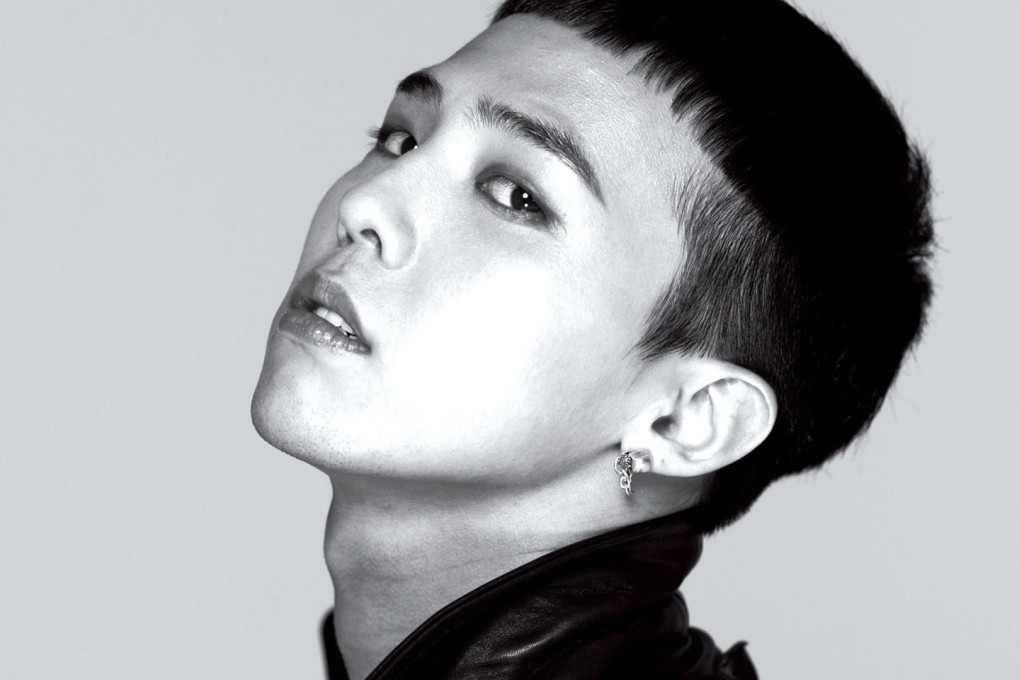Limit on K-pop stars ‘who look identical’ appearing on TV has been scrapped by South Korean gender ministry
- Broadcasting guidelines suggesting the number of similar-looking K-pop stars appearing on television be limited have been removed after backlash
- Ministry is concerned that having idols on TV that look the same may distort young people’s sense of identity

Guidelines urging television stations to limit the number of K-pop idols appearing on music programmes because of their similar looks have been dropped by the South Korean government after public outrage.
Issued by the Ministry of Gender Equality and Family, the guidelines were allegedly aimed at preventing “lookism”, or prejudice on the grounds of a person’s appearance. They said K-pop idols shown on television looked similar, pointing out that many were skinny, light skinned, had similar hairstyles, and wore heavy make-up and revealing outfits.
“Let’s make sure that those who look alike to each other do not appear on set too often,” the guidelines said, adding: “Are the singers on TV music shows twins?”
“They seriously look identical,” the guidelines issued last week said. “Most of them are skinny and have similar hairstyles and make-up with outfits exposing their bodies.”

A spokeswoman from the ministry told the Post that the guidelines were misunderstood, and were put in place to protect young viewers from being bombarded with images of K-pop stars who had been altered or made to look a certain way.